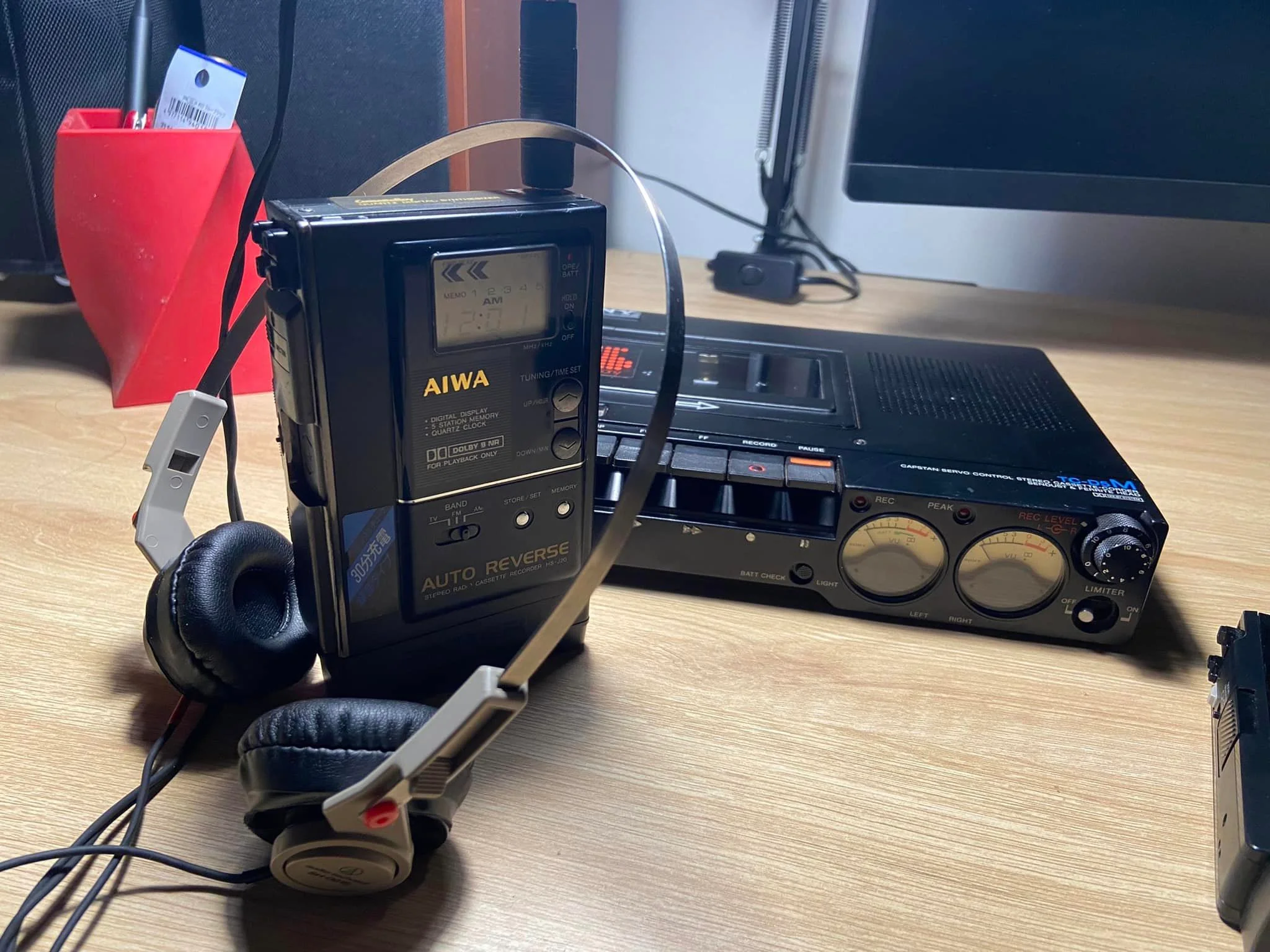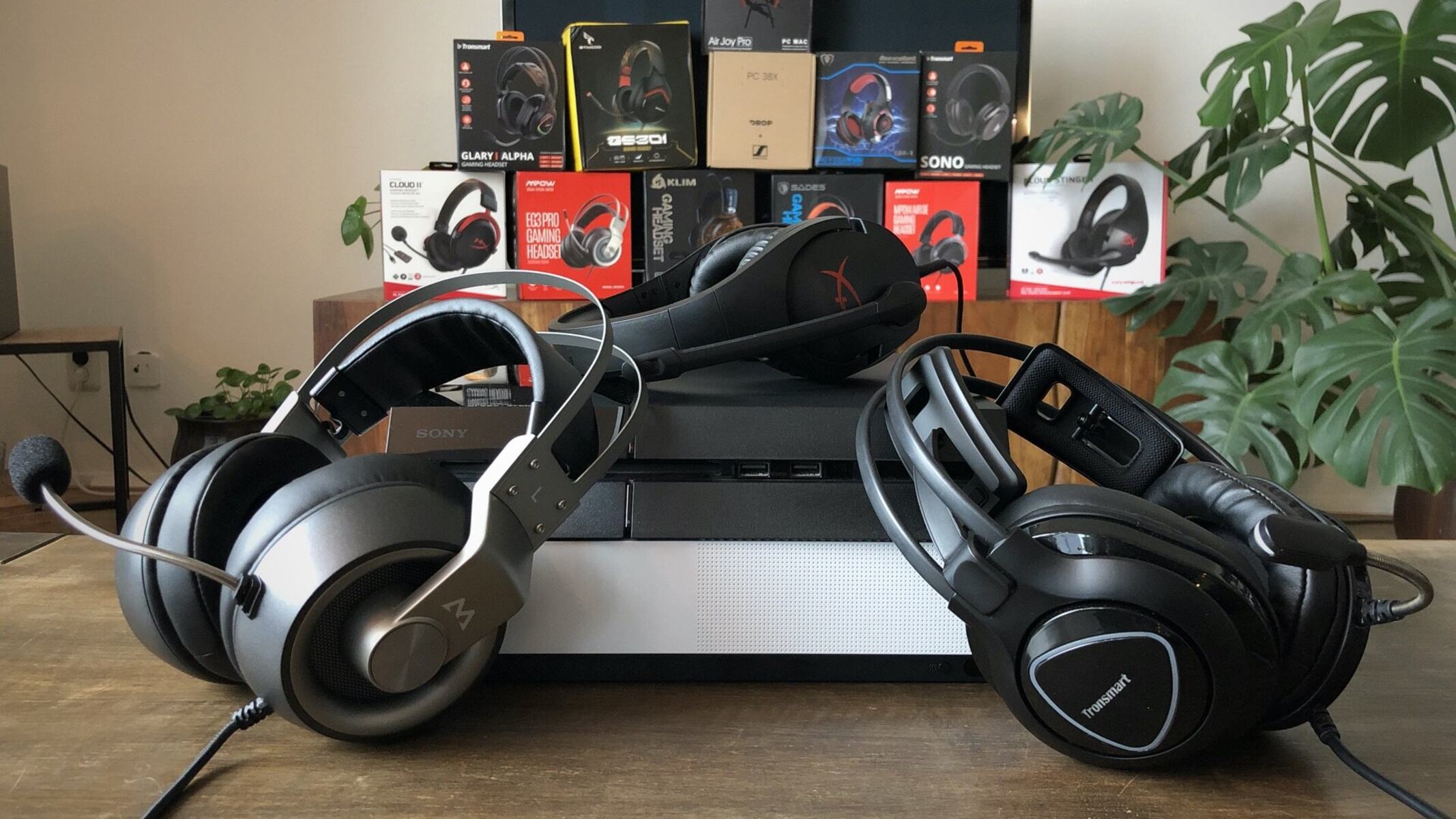Introduction
The world of gadgets and technology is constantly evolving, offering innovative solutions to make our lives easier and more enjoyable. One such advancement that has garnered attention in the realm of cycling and sports equipment is the integrated headset. This revolutionary piece of hardware has revolutionized the way cyclists experience their rides, providing enhanced performance and seamless functionality.
Integrated headsets have become a focal point in the cycling community, captivating the interest of both professionals and enthusiasts alike. Their sleek design and advanced engineering have propelled them to the forefront of cycling technology, prompting individuals to explore their benefits and understand the intricacies of their design.
In this article, we will delve into the realm of integrated headsets, unraveling the mysteries behind their construction and shedding light on the advantages they offer. By gaining a comprehensive understanding of this cutting-edge component, readers can make informed decisions when it comes to selecting the perfect integrated headset for their cycling endeavors. Join us as we embark on a journey to explore the fascinating world of integrated headsets and unlock the secrets behind their design and functionality.
What is an Integrated Headset?
An integrated headset is a crucial component of a bicycle that facilitates smooth steering and stability. Unlike traditional external cup headsets, integrated headsets are designed to seamlessly integrate with the bicycle frame, providing a sleek and streamlined appearance. This type of headset is characterized by its compact and minimalist construction, which aligns with the modern aesthetic preferences of cyclists.
Integrated headsets consist of bearings and bearing cups that are inserted directly into the frame of the bicycle. This design eliminates the need for external cups, thereby reducing the overall stack height and contributing to a cleaner, more aerodynamic look. The bearings are positioned within the head tube of the frame, allowing for precise and responsive handling while minimizing unnecessary bulk.
One of the defining features of an integrated headset is its compatibility with tapered steerer tubes, which have become increasingly prevalent in modern bicycle designs. The integration of the headset with the frame and the tapered steerer tube results in enhanced stiffness and improved handling characteristics, providing cyclists with a more responsive and controlled riding experience.
Additionally, integrated headsets are available in a variety of configurations to accommodate different frame and fork specifications. This versatility ensures that cyclists can find an integrated headset that seamlessly fits their specific bicycle model, allowing for a customized and optimized setup.
In summary, an integrated headset represents a significant advancement in bicycle technology, offering a sleek and efficient solution for steering and stability. Its seamless integration with the bicycle frame, compatibility with tapered steerer tubes, and customizable configurations make it a desirable choice for cyclists seeking enhanced performance and aesthetics in their riding experience.
Benefits of an Integrated Headset
The integration of a headset directly into the bicycle frame yields a multitude of benefits, making it a highly sought-after component among cyclists. Let's explore the advantages that an integrated headset brings to the table:
-
Improved Aesthetics: Integrated headsets contribute to a cleaner and more streamlined appearance, enhancing the overall visual appeal of the bicycle. By eliminating external cups and minimizing the stack height, the headset seamlessly blends with the frame, creating a sleek and modern aesthetic that aligns with contemporary design preferences.
-
Enhanced Performance: The compact and integrated design of the headset results in improved stiffness and responsiveness, translating to enhanced performance on the road or trail. The direct integration with the frame and compatibility with tapered steerer tubes contribute to precise handling, allowing cyclists to maneuver with confidence and agility.
-
Reduced Weight: Compared to traditional external cup headsets, integrated headsets are often lighter due to their minimalist construction. This reduction in weight contributes to overall bike weight savings, which can be particularly advantageous for competitive cyclists and enthusiasts seeking to optimize their performance.
-
Customization Options: Integrated headsets are available in various configurations to accommodate different frame and fork specifications. This versatility allows cyclists to customize their bikes according to their specific preferences, ensuring a tailored fit and optimal performance.
-
Maintenance and Durability: The integrated design of the headset minimizes the exposure of critical components to external elements, reducing the risk of contamination and wear. This contributes to improved durability and longevity, requiring less frequent maintenance and providing cyclists with a reliable and resilient component.
-
Compatibility with Modern Frames: As bicycle frame designs continue to evolve, integrated headsets have become increasingly compatible with modern frame geometries and technologies, ensuring seamless integration and optimal performance across a wide range of bicycle models.
In summary, the benefits of an integrated headset encompass improved aesthetics, enhanced performance, weight savings, customization options, durability, and compatibility with modern frames. These advantages collectively position integrated headsets as a desirable and advantageous component for cyclists seeking to elevate their riding experience.
Understanding the Design of an Integrated Headset
The design of an integrated headset represents a harmonious fusion of engineering precision and aesthetic elegance, culminating in a component that seamlessly integrates with the bicycle frame while delivering exceptional performance. Let's delve into the intricacies of its design to unravel the brilliance behind this innovative piece of cycling technology.
Integrated Construction
At the core of an integrated headset lies its integrated construction, which distinguishes it from traditional external cup headsets. The bearings and bearing cups of an integrated headset are directly integrated into the head tube of the bicycle frame, eliminating the need for external cups. This integration results in a reduction of stack height, contributing to a sleek and minimalist appearance that aligns with modern design sensibilities.
Bearing Types and Placement
Integrated headsets commonly utilize cartridge bearings, known for their durability and smooth operation. These bearings are positioned within the head tube of the frame, providing a stable and low-friction interface for the steerer tube to rotate within. The placement of the bearings within the head tube contributes to the headset's compact and efficient design, optimizing the distribution of forces and ensuring precise steering control.
Compatibility with Tapered Steerer Tubes
Modern bicycle designs often feature tapered steerer tubes, and integrated headsets are engineered to seamlessly accommodate this configuration. By embracing the compatibility with tapered steerer tubes, integrated headsets enhance the overall stiffness and responsiveness of the front end, enabling cyclists to navigate challenging terrain with confidence and agility.
Customization and Versatility
Integrated headsets are available in a variety of configurations to accommodate different frame and fork specifications, providing cyclists with a range of customization options. This versatility ensures that cyclists can find an integrated headset that perfectly complements their specific bicycle model, allowing for a tailored fit and optimized performance.
Streamlined Aesthetic Appeal
The design of an integrated headset contributes to the sleek and modern aesthetic of the bicycle, elevating its visual appeal. By seamlessly integrating with the frame and reducing unnecessary bulk, integrated headsets enhance the overall look of the bike, reflecting a commitment to both form and function.
In essence, the design of an integrated headset embodies a harmonious blend of functionality and aesthetics. Its integrated construction, bearing types and placement, compatibility with tapered steerer tubes, customization options, and streamlined aesthetic appeal collectively underscore the meticulous engineering and thoughtful design that define this essential component of modern bicycles.
Factors to Consider When Choosing an Integrated Headset
When selecting an integrated headset for your bicycle, several key factors should be taken into consideration to ensure optimal performance, compatibility, and overall satisfaction. Here are the essential elements to ponder when making this important decision:
Frame Compatibility
The compatibility of the integrated headset with your bicycle frame is paramount. Different frames may require specific integrated headset dimensions and configurations. It is crucial to verify the compatibility of the headset with your frame's head tube and fork specifications to ensure a seamless and secure fit.
Bearing Quality and Type
The quality and type of bearings utilized in the integrated headset significantly impact its performance and longevity. High-quality cartridge bearings are known for their durability and smooth operation, contributing to responsive steering and minimal friction. Checking the bearing type and quality is essential to guarantee a reliable and low-maintenance integrated headset.
Steerer Tube Compatibility
Consider the compatibility of the integrated headset with the steerer tube of your bicycle's fork. Many modern bicycles feature tapered steerer tubes, and it is important to ensure that the integrated headset is designed to accommodate this configuration. A proper match between the headset and the steerer tube enhances stiffness and responsiveness, promoting confident handling.
Stack Height
The stack height of an integrated headset can influence the overall riding position and handlebar height. It is advisable to assess the stack height of the integrated headset in relation to your specific riding preferences and bike fit requirements. Choosing a headset with an appropriate stack height can contribute to a comfortable and personalized riding experience.
Weight and Material
The weight of the integrated headset, along with the material used in its construction, can impact the overall weight of the bicycle. Lightweight materials such as aluminum or carbon fiber are often favored for their ability to reduce weight without compromising strength. Assessing the weight and material of the integrated headset can be beneficial, especially for cyclists seeking to optimize their bike's performance.
Aesthetic Considerations
While not directly related to performance, the aesthetic appeal of the integrated headset should not be overlooked. The sleek and integrated design of the headset can contribute to the overall visual harmony of the bicycle. Considering the aesthetic compatibility of the integrated headset with the frame's design and color scheme can enhance the bike's overall appearance.
By carefully considering these factors when choosing an integrated headset, cyclists can make informed decisions that align with their specific bike and riding requirements, ultimately enhancing their cycling experience.
Conclusion
In conclusion, the integrated headset stands as a testament to the relentless pursuit of innovation and excellence in the realm of cycling technology. Its seamless integration with bicycle frames, compatibility with tapered steerer tubes, and customizable configurations have redefined the standards of performance, aesthetics, and functionality in the cycling community.
The journey into the world of integrated headsets has unveiled a host of benefits, ranging from improved aesthetics and enhanced performance to reduced weight and durability. Cyclists are presented with a compelling array of advantages that elevate their riding experience and align with their pursuit of excellence on the road or trail.
Understanding the intricate design of integrated headsets has shed light on the meticulous engineering and thoughtful construction that underpin this essential component. From integrated construction and bearing types to compatibility with modern frames and streamlined aesthetic appeal, the design elements of integrated headsets reflect a harmonious blend of form and function.
Furthermore, the factors to consider when choosing an integrated headset serve as a guiding compass for cyclists, empowering them to make informed decisions that align with their specific bike and riding requirements. By carefully evaluating frame compatibility, bearing quality, steerer tube compatibility, stack height, weight, material, and aesthetic considerations, cyclists can embark on a journey of customization and optimization, ensuring that their integrated headset seamlessly integrates with their overall cycling experience.
As the cycling landscape continues to evolve and embrace technological advancements, the integrated headset stands as a symbol of progress and ingenuity. Its presence on bicycles represents a commitment to precision, performance, and visual elegance, captivating the hearts and minds of cyclists who seek to push the boundaries of their riding experience.
In essence, the integrated headset is not merely a component; it is a testament to the relentless pursuit of excellence and the embodiment of cycling's enduring spirit of innovation. It has carved a prominent place in the cycling world, offering a glimpse into the future of cycling technology—a future where seamless integration, enhanced performance, and aesthetic allure converge to elevate the art and science of cycling.

























